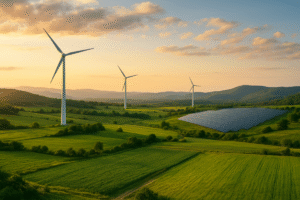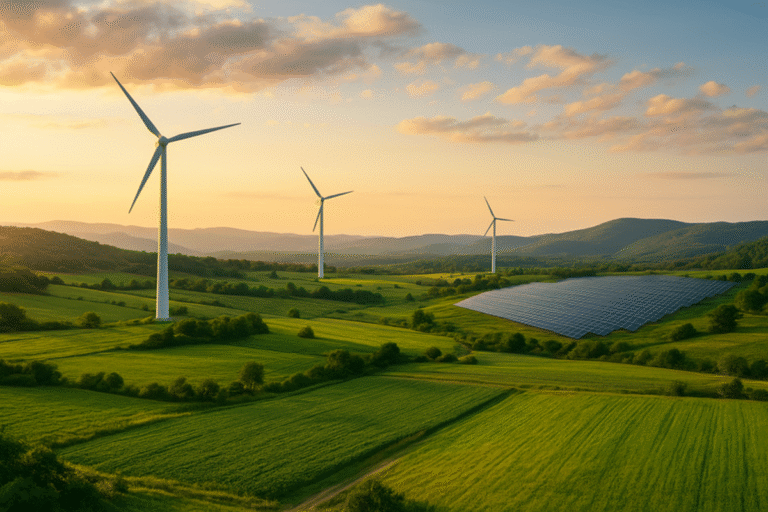A sustainable plan launched in 2011 has created new jobs, greater environmental awareness and clean, affordable energy production In Scotland. The next challenge now is electric mobility.
Scotland is only three per cent of the way to 100 per cent of energy production from renewable sources. Or rather less, because if we go to counting decimal places, in 2020 renewable energy accounted for 97.4 per cent of the total used by Scots.
Let’s find out how Scotland achieved this very important milestone of reaching 97% renewable energy.
Table of Contents
Scotland, the breakthrough for renewable energy came ten years ago
The climb started in 2011, when the Scots generated 37% of their total energy from renewable sources. Now, only 10 years later, around 7 million homes have been reached by clean energy.
Claire Mack, CEO of Scottish Renewables, explained: “Scotland’s climate change targets have been a great source of motivation for the whole industry to improve the uptake of renewable energy.
These projects are enabling us to replace tens of millions of tonnes of coal each year, employ some 17,700 people and bring huge socio-economic benefits to our communities.”
Scotland’s next challenge: electric mobility
In 2019, Scotland achieved 90.1 per cent of its electricity consumption from renewable sources, according to government figures, and maintained very ambitious targets through the Climate Change Bill, which aims to achieve zero net emissions by 2045.
A target within reach, but the real challenge now is to encourage sustainable mobility, as Mack explains: “Private and commercial transport uses about 25 per cent of the energy used in our country”.
Affordable and clean energy
In Scotland, onshore wind is currently worth about 70 per cent of total capacity, followed by hydro and offshore wind.
Holly O’Donnell, Climate & Energy Policy Manager, calls for a further acceleration in the use of electric vehicles and funding for renewable heating sources. “Renewables not only reduce the impact of our electricity use on the climate, but also create new jobs for communities across the country. If we want to continue to cut CO2 emissions from the transport and heating sector, we must continue to increase our use of affordable and clean renewables.”
In this green transition, it should also be noted that Scotland closed its last coal-fired power station in 2016. Only one gas-fired power station now remains in Peterhead, Aberdeenshire.
Read also: All about the RePowerEu, the European plan for energetic autonomy












